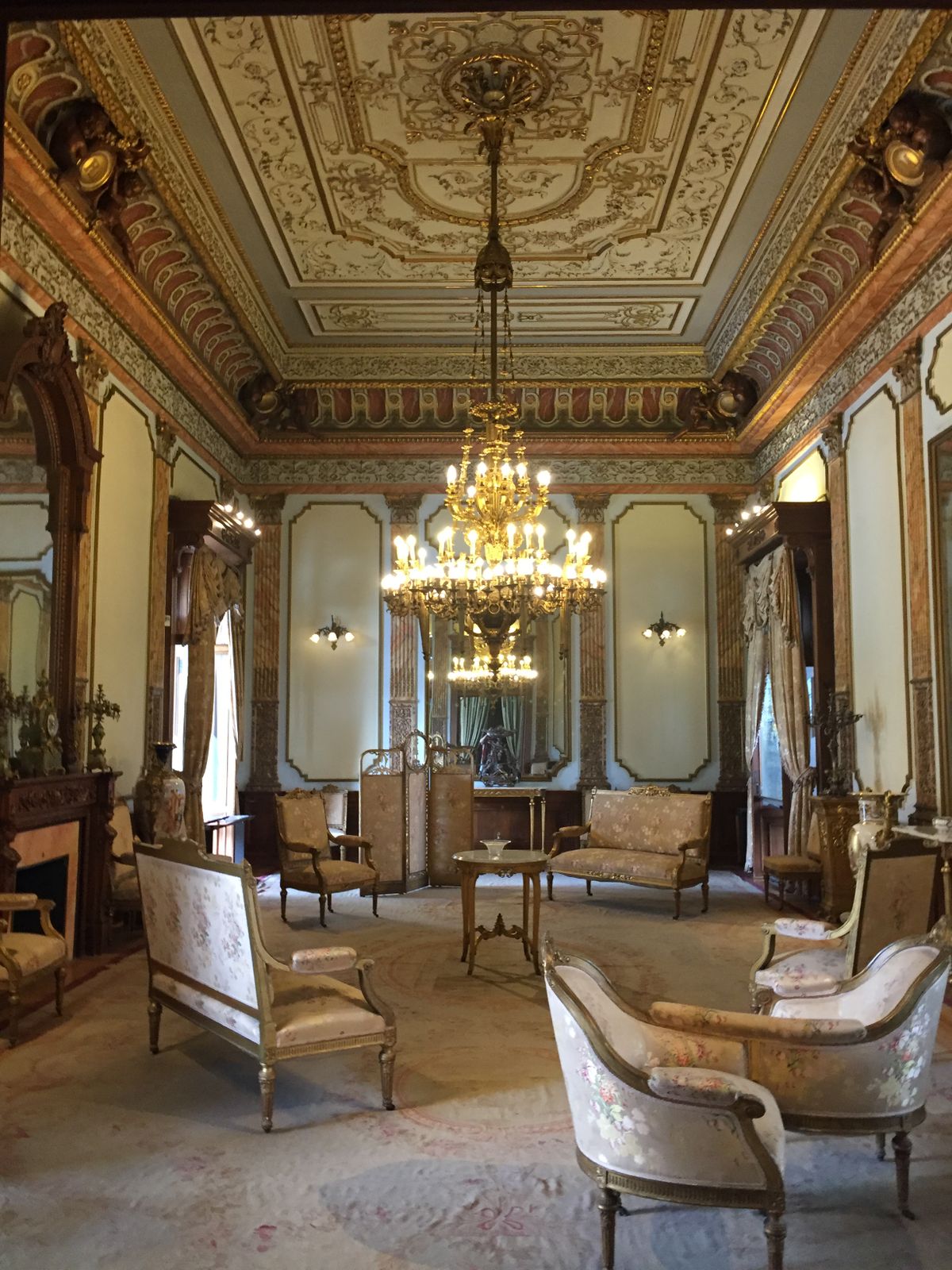About
When we think of castles we think of Europe and Asia, of the towering spires of Neuschwanstein and the massive courtyards and interlocking palaces that populate the Forbidden City. North America is not a continent that has a ton of "castle cred," mostly because modern North American history (dating from the arrival of white settlers) is, for the most part, a history either of colonies or democracies. However, there is one structure on the North American continent that can truly claim to be a castle, Chapultepec Castle in Mexico City.
Chapultepec has the rather dubious distinction of being the only castle within North America to ever house actual sovereigns. It was originally constructed in 1725 on the orders of the Viceroy Bernardo de Gálvez, and was meant to be a large manor house for the Viceroy, who was the commander-in-chief of the Spanish colony, New Spain. During the Mexican War of Independence the castle was abandoned, and remained in a state of dereliction for several decades. It was eventually refurbished and turned into a Military Academy. It was in this capacity that the castle served as the site of the Battle of Chapultepec during the Mexican-American War in 1847. It was here according to folklore that six (possibly fictional) teenage cadets died defending the castle with one of the boys, Juan Escutia, wrapping himself in the Mexican flag and jumping to his death from the battlements to avoid the dishonor of it being captured by the American invaders.
With the rise of the Second Mexican Empire in 1864 the castle became the official residence of Emperor Maximilian I and his wife Empress Carlota. Maximilian, while in name and title the Emperor of Mexico, was in fact an Austrian prince of the Habsburg dynasty who was not ethnically Mexican at all, having been offered the crown by Mexican monarchists who were puppets of the French who sought to add Mexico to their empire. During this period the castle began to take on its current floor plan, with Maximilian hiring multiple architects to re-design the castle in the neo-classical style which was popular at the time.
Unfortunately for Maximilian his reign, and with it the Second Mexican Empire, were brought to an abrupt halt only four years later in 1867 when the French were defeated and he was shot by firing squad along with several of his most loyal followers. He had been given the opportunity by Juarez to return to Europe but had decided to stay on due to his mothers harsh insistence on him staying and dying with dignity rather than return as a "coward" unworthy of the Hapsburg name. With the establishment of the Mexican Republic under Benito Juárez Cahpultepec again began to fall into disuse and disrepair.
Currently the castle is the seat of National Museum of Cultures, which was formerly known as the Museum of Natural History. It was established as such by Lázaro Cárdenas in 1939. In this capacity it is open to visitors who can come and tour both the castle itself and the various collections it now houses. Through the past decades it has become a favorite location of movie directors appearing in both Robert Aldrich’s Vera Cruz and Baz Luhrmann’s Romeo and Juliet.
Related Tags
Know Before You Go
General Admission costs 90 Mexican pesos. Food and beverages are not allowed (empty bottles are fine). Box office is located at the bottom of the trail to the castle. Cannot buy tickets at the top of the trail, where the entrance to the castle is.
Yucatan: Astronomy, Pyramids & Mayan Legends
Mayan legends, ancient craters, lost cities, and stunning constellations.
Book NowCommunity Contributors
Added By
Published
December 28, 2010























































